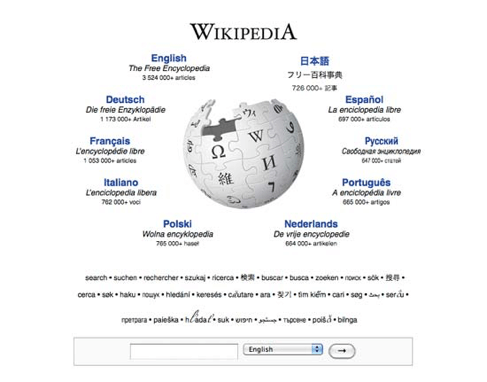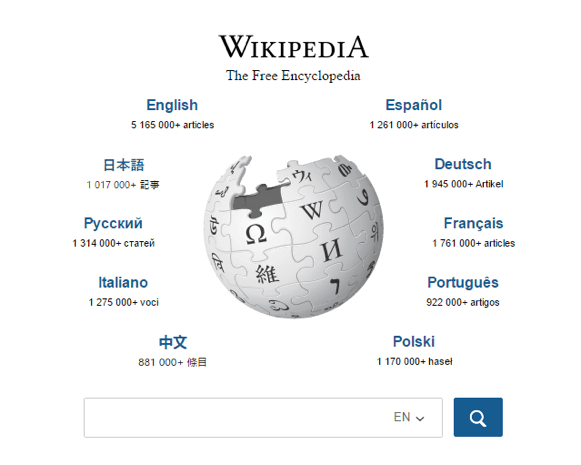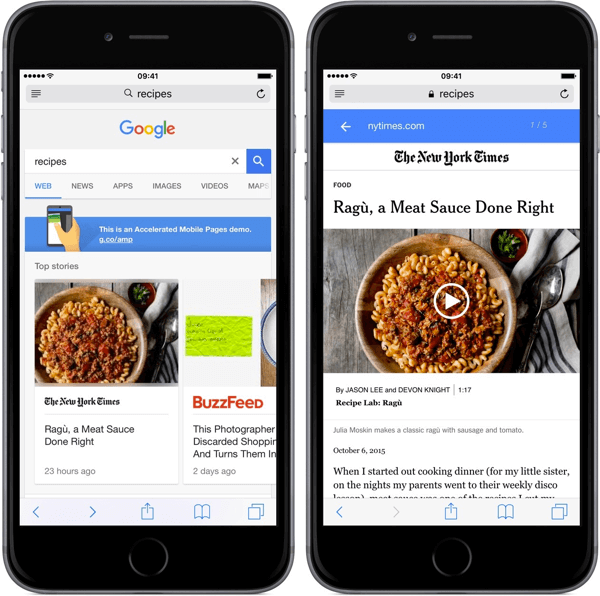For Canadians, the internet looks different today than it did last week. June 1st marked the release of Accelerated Mobile Pages on Canadian domains. Varied browsing habits and histories mean everyone will notice changes at different times. If you haven’t seen it yet, trust us, it’s real. For a quick example, Wikipedia was one of the first sites in the world to opt in.
Before:

After:

You’ll also start seeing more ‘carousel’ listings on the front page of search results that will link directly to a specific video or article:

So what happened exactly? For more than a year it’s been common knowledge that most internet activity now takes place on mobile devices. Google is leading an initiative to change how the internet is built to accommodate our new browsing habits. It’s called ‘Accelerated Mobile Pages’ or AMP. Google has been encouraging websites all over the world to adopt AMP,rewarding early adopters with more favourable positions in search results. Though technically confined to mobile, AMP is currently impacting desktop searches as well. Popular sites like Wikipedia, as well as major news publishers from around the world, partnered with Google in developing and introducing the technology. The Globe and Mail, Postmedia, and Global News are some of the Canadian outlets involved. The project was announced last fall and launched in ten countries before going live in Canada last week. So far, there are more than 120million AMP pages online from a source of 650,000 partnered publishers.
Accelerated Mobile Pages does exactly what its name suggests. AMP is a new way to code web pages to load faster and better align with mobile browsing habits. It’s a logical development, recognizing the massive shift in web usage away from desktops towards smartphones and tablets. With Google backing the system, AMP will inevitably affect all future search results.. Accommodating the shift towards mobile on such a fundamental level and wide scale, officially ends the era where digital content is primarily designed for stationary browsing on traditional desktops. The so-called mobile revolution has never been a secret. Google partnering with major publishers around the world makes AMP a point of no return: anyone looking to circulate content online without first considering the mobile experience may need to completely alter their strategy.
The best way to introduce something on a massive scale is to make it benefit a lot of different people and to not give others a choice. AMP is no exception. A leaner design is the most obvious takeaway from the Wikipedia example, which will be the same for every participating website. For users, this means AMP-enhanced content will load up to four times faster,using far less data. This should cause people to gravitate towards AMP sites and incentivize more publishers to opt in.
AMP’s leaner format excludes some types of mobile ads, mostly flashed based, that users likely find invasive, yet are still relatively common. While perhaps initially frustrating for advertisers and media planners, there is the potential to create new types of ad units customized to specific devices, integrating ad content more naturally into the new ‘accelerated’ mobile display. There are even rumors AMP will make it easier for publishers to introduce paywalls on their digital content. Though re-coding sites may be costly for smaller publications, AMP acts as a kind of SEO reset. Those that neglected their search footprint now have an obvious place to start in order to reach one aspect of the industry standard.
The partnership between Google and major news outlets is key to AMP’s success. Yes we can already call it a success — at least the launch portion, anyway. The country’s biggest news content creators collaborating with the most popular search engine for news (and everything else) means, strictly from a search visibility perspective, other outlets looking to get their website displayed on the first few pages have no choice but to convert. Until Google says otherwise, Canadian web developers will be forced to get familiar with the new system. Eventually publications not directly involved in the rollout will switch or find a way to replace traffic from Google.
Is all this work really worth it? Yes. AMP is undeniably intended to make mobile search and by extension Google easier to use for both users and publishers. This might be Google’s biggest priority going forward. The smartphone has won out over the traditional computer as the preferred device for consuming media, yet controlling how people access media on mobile platforms is still up for grabs.
Google has enjoyed a practical monopoly on search traffic long enough to become the verb for it. Unfortunately for Google, searching for content is not the only way to access information on mobile devices. In fact, one could argue smartphones and tablets are better designed for apps, where users bypass search to get information right from their favourite publishers. One study found users spend 90 per cent of their mobile device time on apps, leaving only ten per cent for the browser. Google has noticed.. By integrating into Windows 10 and Microsoft Surface devices, Bing recently leveraged user’s preference for mobile to make some dents in Google’s worldwide dominance in total search traffic.
While Bing may be slowly carving out a share of organic search, Facebook is the only company seriously competing with Google in terms of overall Internet traffic. The rise of mobile browsing— where users are accustomed to setting up social media alerts and devices are designed for scrolling through app news feeds than typing search queries—gives Facebook an early advantage in becoming the Google of smartphones. In fact, one study found that Facebook already passed Google in terms of total referral traffic by five per cent. And that was before Facebook rolled out its new Instant Article Service, which allows major publishers—some of the same ones involved in their country’s initial AMP rollouts—to bypass search engines and place articles directly in targeted users’ news feeds. AMP can be seen as Google’s counter measure, intended to ensure its general dominance over how people find content online continues as browsing shifts to phones and tablets.
Internet trends move fast and a lot can change in a short time. AMP is the first of what will likely be many Google-backed initiatives to affect how digital content is created and disseminated, now that mobile browsing is solidified as the preferred way to access the Internet. How users and publishers respond to things like AMP and Instant Article Service will ultimately determine the extent to which either Google or Facebook are able to control how mobile content is circulated. With those two companies currently accounting for 76 per cent of online advertising revenue in the US , the battle between search and apps is very much a two-horse race. Chances are Google and Facebook will be working just as hard to keep it that way as they will at actually winning it.


